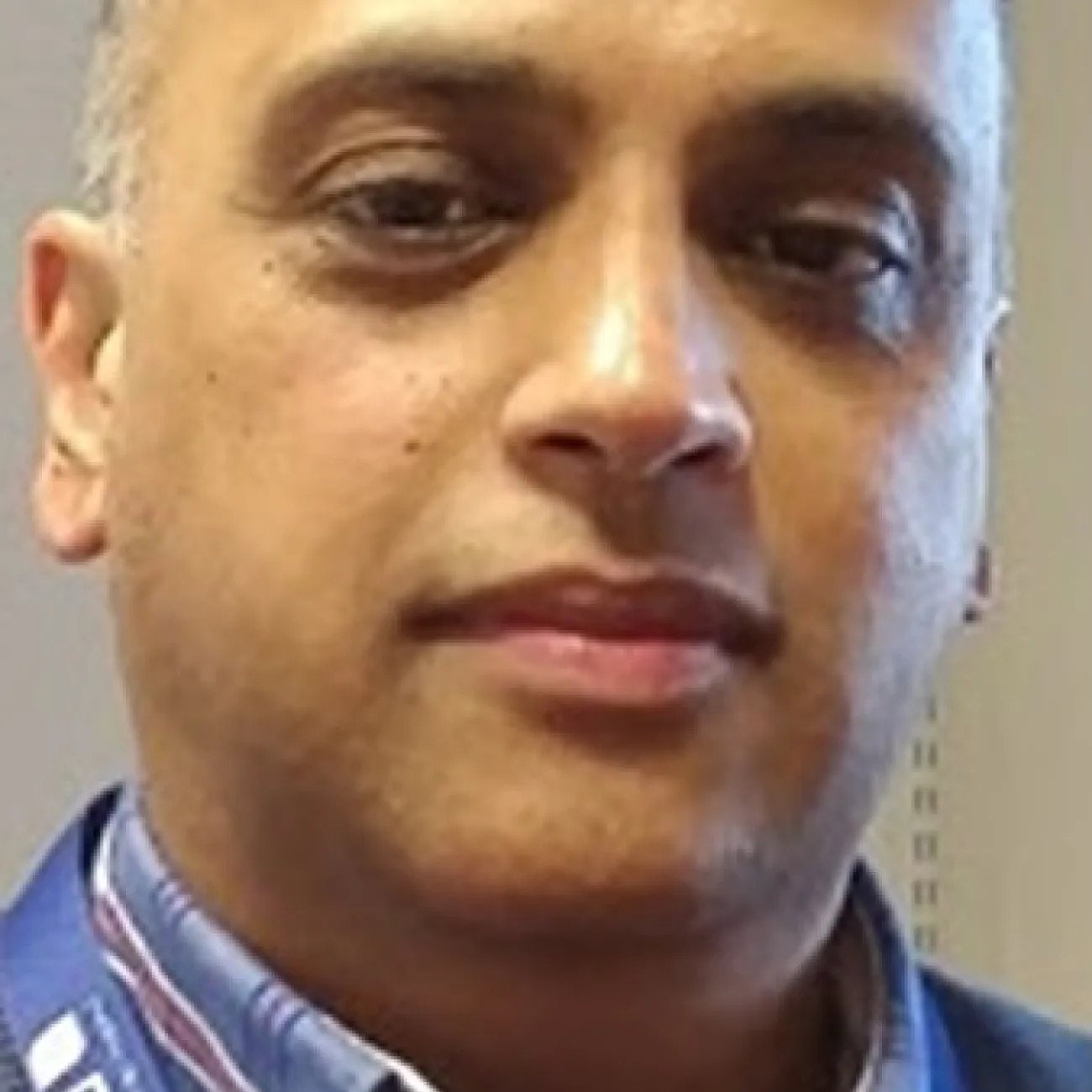About
Dr Rahul Tare is a Lecturer in Musculoskeletal Science and Bioengineering in the Faculty of Medicine at the University of Southampton.
Rahul’s research interests include human stem cells, skeletal development and tissue engineering primarily, cartilage tissue engineering. Rahul’s interdisciplinary research harnesses human stem cells (bone marrow-derived skeletal stem cells, articular cartilage-derived progenitor cells, embryonic stem cells and induced pluripotent stem cells), natural and synthetic biomaterials, and advanced bioreactor technologies to tissue engineer 3D cartilage grafts for the repair of articular cartilage defects caused by daily wear-and-tear or trauma. If the articular cartilage defects are not repaired, progressive cartilage degeneration causes osteoarthritis, the most common form of arthritis affecting ~9 million people in the UK and ~630 million individuals worldwide. Rahul’s research also seeks to gain insight into the pathogenesis of debilitating skeletal diseases such as osteoporosis and osteoarthritis by elucidating the mechanisms that regulate skeletal development.
To date, Rahul has successfully supervised 15 PhD students, who have gone on to successful careers in academia, industry and Medicine. Rahul's research has been widely published in high-impact journals (over 50 peer-reviewed original research articles, reviews and book chapters; more than 4000 citations) and he holds two patents. The cartilage tissue engineering work has been covered by the BBC and New Scientist and widely published in high-impact, peer-reviewed journals. Notably, the research article on cartilage generation using human embryonic stem cells was one of the top 100 downloaded cell and molecular biology papers for Scientific Reports in 2021 and featured in a Nature Portfolio collection entitled, Stem Cells: from single cells to the clinic (June 2022). The research article on the application of acoustofluidics for cartilage tissue engineering was included in the top 30 most downloaded articles published in Lab on a Chip in 2014.
Rahul teaches on the Bachelor of Medicine, Bachelor of Surgery (BM4, BM5/6/EU) and Masters programmes, including module leadership roles, is a Fellow of the Higher Education Academy and Personal Academic Tutor to a number of students.
Potential PhD candidates and researchers interested in stem cells, skeletal development and skeletal tissue engineering are encouraged to contact Rahul.
You can update this in Pure (opens in a new tab). Select ‘Edit profile’. Under the heading and then ‘Curriculum and research description’, select ‘Add profile information’. In the dropdown menu, select - ‘About’.
Write about yourself in the third person. Aim for 100 to 150 words covering the main points about who you are and what you currently do. Clear, simple language is best. You can include specialist or technical terms.
You’ll be able to add details about your research, publications, career and academic history to other sections of your staff profile.
